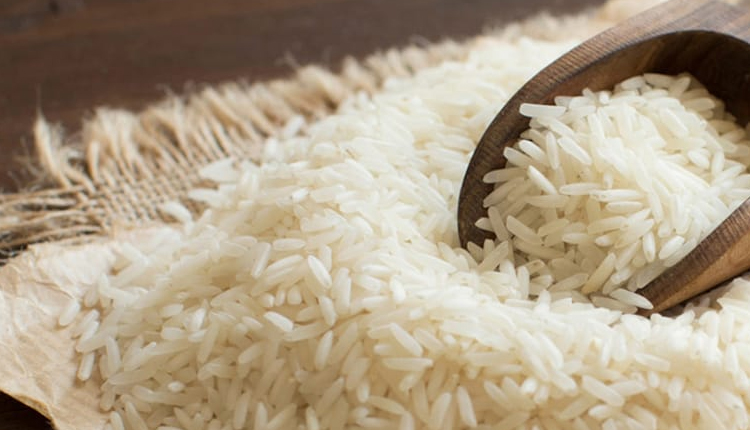Tokyo: In a nation where rice has been a dietary cornerstone for nearly 3,000 years, Japan stands unrivalled as the cradle of the globe’s most exorbitant grain. Kinmemai Premium rice, a pinnacle of culinary innovation, fetches upwards of ₹6,000 (around $73) per box, or historically ₹9,156 ($109) per kilogram, according to Guinness World Records in 2016.
This isn’t mere luxury — it’s a testament to blending ancient agrarian wisdom with cutting-edge food science, captivating connoisseurs worldwide.
Developed by Toyo Rice Corporation in 1961, Kinmemai Premium emerged from an experiment to revolutionise nutrition retention. Unlike conventional rice, which loses vital proteins and nutrients during rinsing, this variety can be cooked straight from the pack, preserving its essence. Sourced meticulously from five award-winning cultivars — such as Koshihikari and Hitomebore— grown in premium prefectures like Gunma, Gifu, Kumamoto, Nagano, and Niigata, each grain is hand-selected by experts certified by the International Rice Taste Evaluation Association’s Gold Awards.
The magic unfolds in processing: grains mature for six months in controlled conditions, allowing starch to stabilise and moisture to distribute evenly, enhancing texture and aroma. Soil quality, mineral content, and hydration are vigilantly monitored during cultivation, transforming ordinary paddy into an artisanal masterpiece.
Nutritionally superior, Kinmemai boasts six times the lipopolysaccharides (LPS) of standard white rice, alongside elevated dietary fibre, B vitamins, amino acids, lipids, and fibre — benefits that reduce water wastage and promote sustainability. As CNN reports highlight, its allure lies not just in opulence but in elevating everyday sustenance to gourmet heights. In a world of staple carbs, Japan’s Kinmemai reminds us: true value blooms from precision and heritage.



Comments are closed.